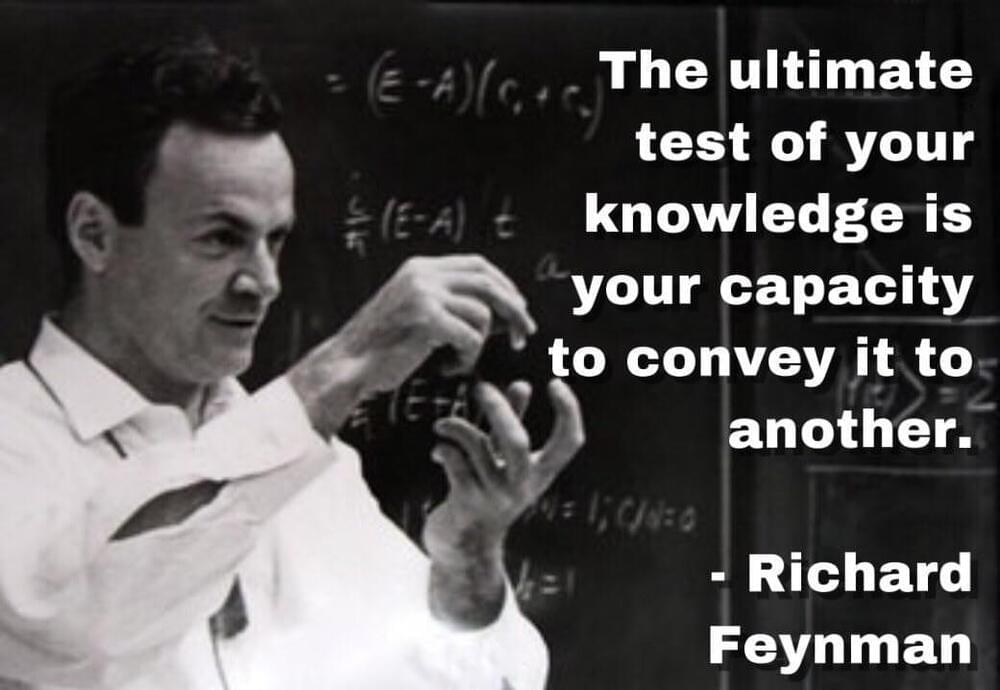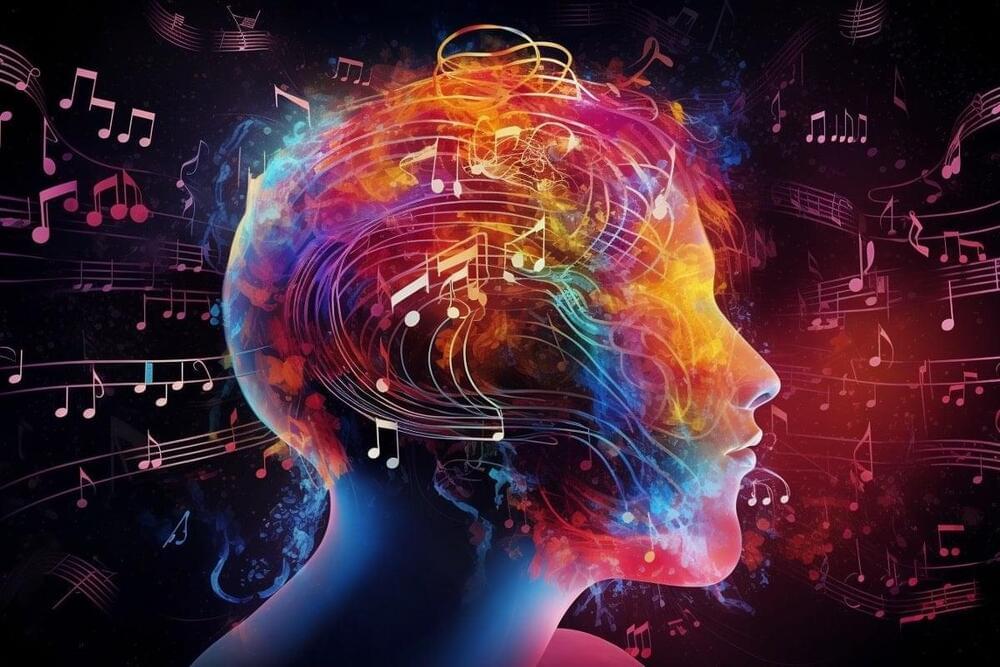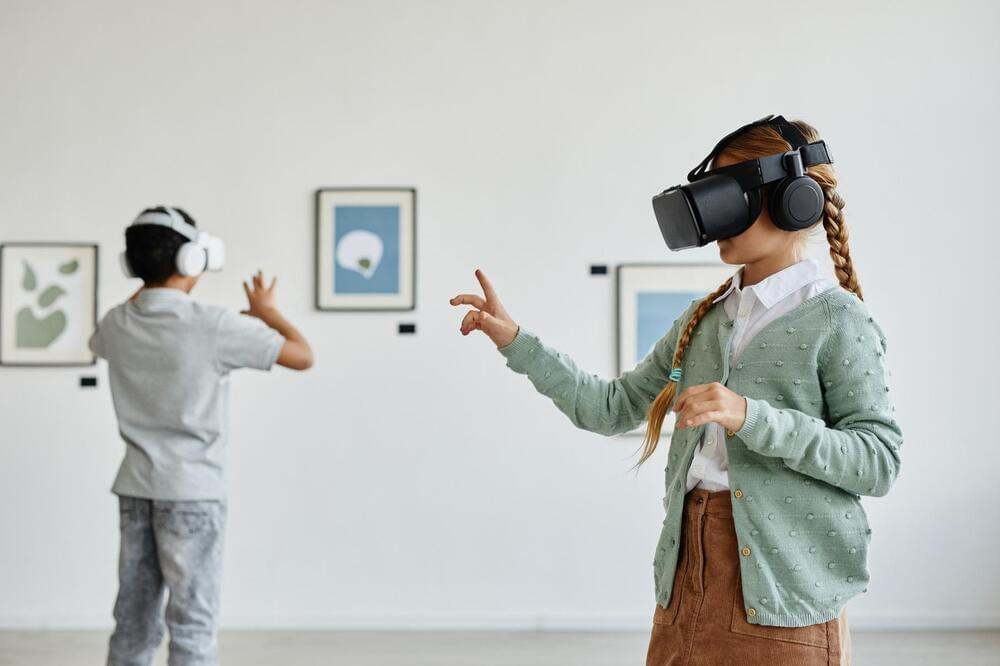Perspective from a very-educated layman. Er, laywoman.
This is Hello, Computer, a series of interviews carried out in 2023 at a time when artificial intelligence appears to be going everywhere, all at once.
Sabine Hossenfelder is a German theoretical physicist, science communicator, author, musician, and YouTuber. She is the author of Lost in Math: How beauty leads physics astray, which explores the concept of elegance in fundamental physics and cosmology, and of Existential Physics: A scientist’s guide to life’s biggest questions.
Sabine has published more than 80 research papers in the foundations of physics, from cosmology to quantum foundations and particle physics. Her writing has appeared in Scientific American, Nautilus, The New York Times, and The Guardian.
Sabine also works as a freelance popular science writer and runs the YouTube channel Science Without the Gobbledygook, where she talks about recent scientific developments and debunks hype, and a separate YouTube channel for music she writes and records.




